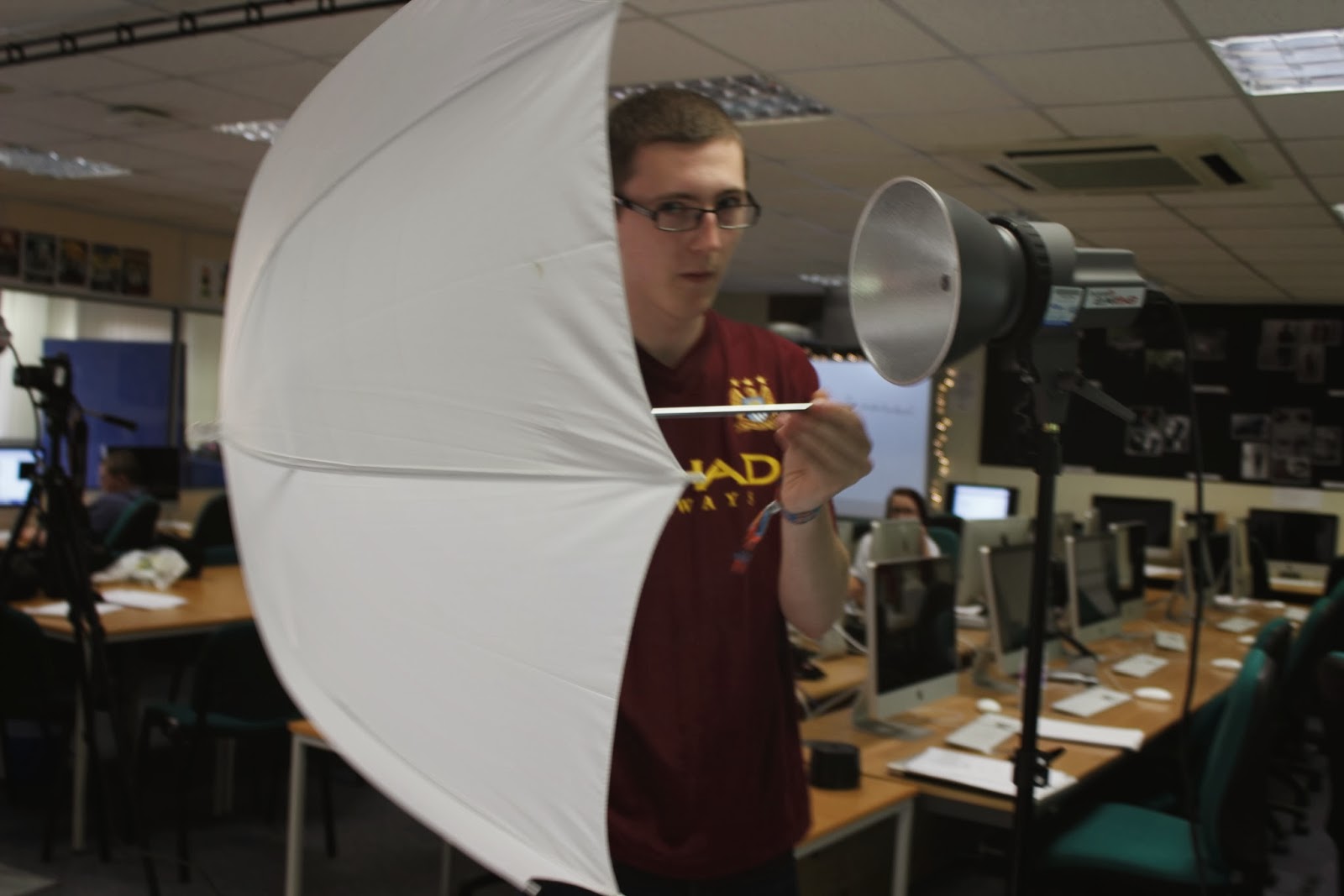
This image was taken in Hyde Park and the reason I like this image is because I like how the sun shines through the leaves on the trees and it really stands out. There isn't really a main focus with this image because the subject is nature and nature is everywhere is this picture. The rule of thirds works well with this image and because you have the tree on the left, then the middle with the light and the the right tree. The only thing that I did when I edited was that I turned down the brightness because the sun was to bright so I turned it down. I should off cropped the image on both sides so that the extra trees weren't in it that would of made it look better. I don't like how you can see fences in the photo and if I was to take the picture again I would try to get a less of the fences as possible.
This is the 2nd image that I put into the exhibit, I like this image because of the singular mushroom on it's own and it stood out as soon as I saw it. All the leaves were naturally already there, but the leaf on the left looks like it is falling down to the floor. I used manual focus to try and just focus on the mushroom because I wanted that to be the main focus. What also stands out is the moss around the bottom of the trees. I turned the flash on when taking this picture because I took one similar without the flash and it looked to dark so I took it again with the flash and it looked a lot better than the first attempt. When I edited the photo all I really did was scale it up the make the image bigger. If I was to do the photo again I would maybe make all the photo in focus instead of just having the mushroom in focus.

This is the 3rd and final picture that I used in the nature exhibit. The thing I like about this picture is that how just one of the leaves is in focus instead of them all being in focus. I like how one thing is just in focus because it then makes the subject in focus the main focus and in every image you should have a main focus. I like how much detail is in the rain drops because when you see rain on a leaf it just look like a wet leaf but by doing this you can see the rain drops individually and it has a lot of detail which I like. This photo was originally landscape and worked well with the rule of thirds but I then liked how the image was portrait and then the rule of thirds didn't really work. But I still used the image because it stood out to me and I enjoyed it. As I just mentioned when I edited it changed it from landscape to portrait and that was the only editing that I did to this image. If I was to go back to taking this picture maybe I could of taken I different range of photos including water on flowers or with a water feature that would of looked really good and would of stayed with one topic.
When I finished this exhibit I was happy with what I had done it wasn't as good as my other two exhibits but it was satisfactory and I still enjoyed talking image in the woods.




















































